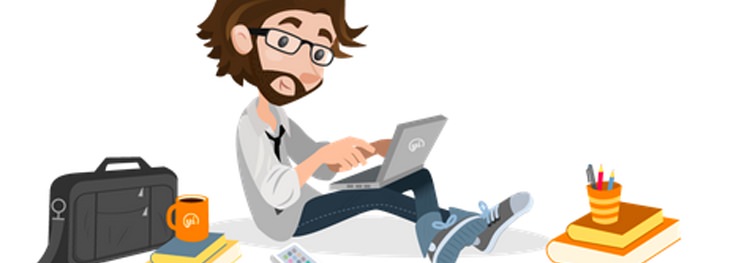Dynamism, perhaps the best, apt word to express a concept that now more than ever belongs to the world of the web and especially web design. This branch is always exposed to the graphic fashions of the moment, causing professionals in the field to find themselves overwhelmed by the demands of both technology and users.
Just think that until some time ago it was enough to create a site that was navigable with Explorer 6, today having cross browser compatibility is decisive not only but other numerous factors must also be taken into consideration such as: simplicity, functionality, compatibility with various devices and their increasingly advanced functions. It is precisely because of this that I can foresee an increasingly hard life for designers, fascinating perhaps but certainly complex. With the aim of bringing a modicum of clarity, I want to summarize all the major trends that have exploded in this year, this could help us understand where we are going in the years to come, after all if we don’t know where we start from could we ever know where we are going to get to?
Web design: where we are and where we are going
Responsive:
of course this has been and will be the must, it is not new it is true(we have also talked about it on several occasionsalready ) but one cannot help but identify with the average user (if one wants to do this job well) and all the predictions say that Internet use from mobile devices will be increasing, almost to the point of completely discarding that from the desktop.
Flat:
is a constantly evolving and growing “concept.” After all, the pages are light, you are not distracted by the content is simple and above all easily navigable from all devices.
Larger and larger images:
are you confused? i understand of the rest first i mentioned responsive and then i bring up the concept of bigger images. But in perfect line with the “religion” of user experience, since it is statistically proven that bigger images get more clicks, one cannot shy away from it. On the other hand, even on the web as in real life, it is the details that make the difference.
Interactive site:
from all sides come surveys and tests where it is inferred that the lazy user does not like to read too much, against whom does (and will) this backfire? Obviously with us poor web designers, our increasingly difficult task will be to meet the need for rich content with graphic and multimedia elements, to highlight the salient concepts of a site and make it interactive, engaging the user.
Blogging is good:
when you are in the process of designing a site, never forget to leave room for the blog. This tool is in fact capable, alone, to raise about 70%, of brand reputation. Obviously, the task here is not only the designer’s but especially the one who develops the content and will optimize the site for SEO, of course, however, it will also be our task to make them more usable and appealing.
